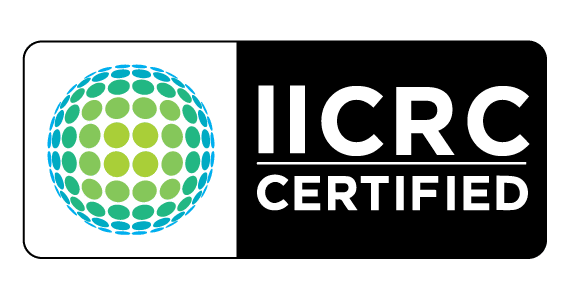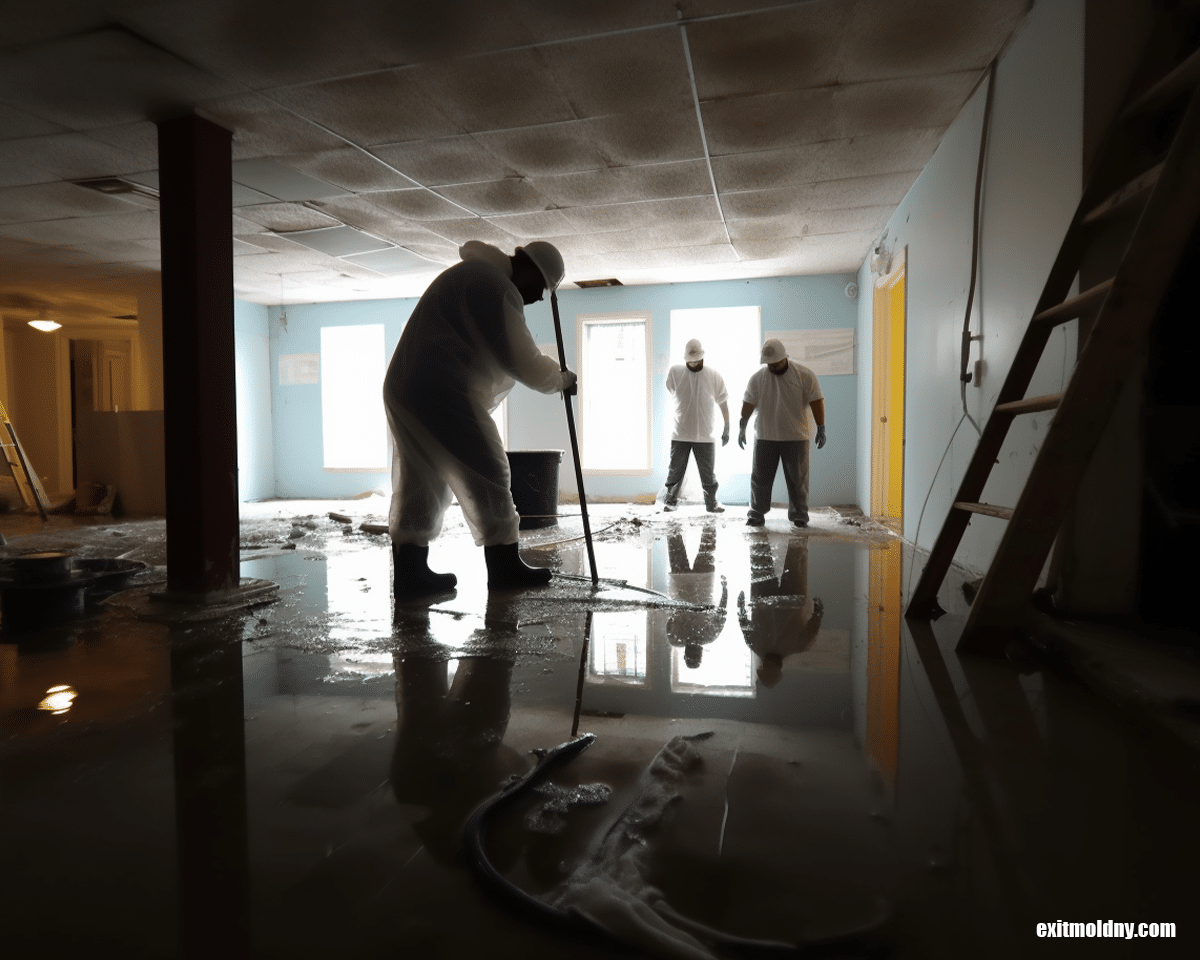
A Comprehensive Guide To Navigating Cleanup After A Flood
A Comprehensive Guide To Navigating Cleanup After A Flood Flash flooding is a normal phenomenon in densely populated cities such as New York, with many
It’s finally over! The dark clouds have cleared up, there’s blue sky ‘up yonder,’ and the rays of the bright, warm sun are doing their part to dry up the ‘muddy messes’ found on patios, walkways, streets, and highways — as well as shine new hope into the flood weary hearts and minds of business owners, homeowners, and the community-at-large!
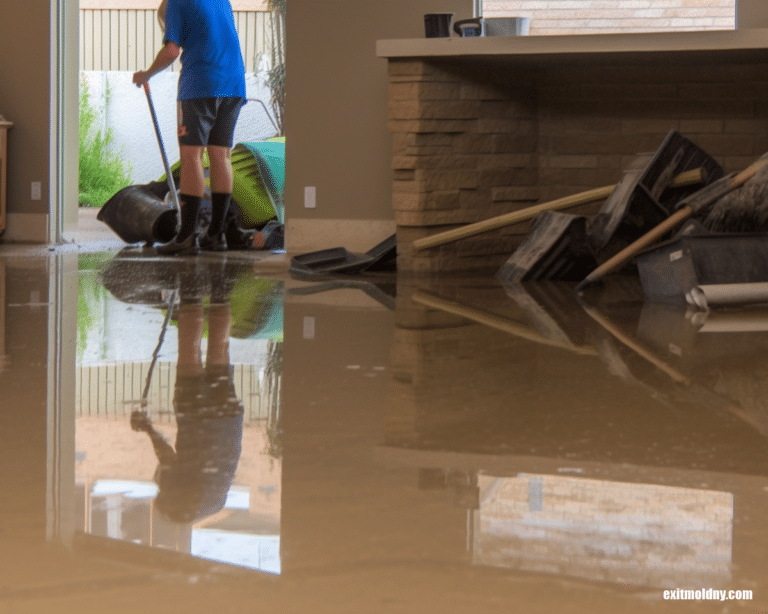
‘Mother Nature’s fury,’ shown by the tropical storms, intense thunderstorms, and steady rains, is not the only reason for a home flood. Some home floods are of the ‘man-made variety’ when water pipes and hot water heaters burst, sinks, tubs, and toilets overflow their porcelain ‘banks,’ or the dishwasher or clothes washer overflows!
The first step of cleanup after such home floods is to consider the amount of water on the floor and the source of the water flow! Such post-flood cleanup from water pipes and heaters, sinks, tubs, toilets, dishwashers, or clothes washers usually does not contain water contaminated by bacterial germs, as can occur when sewage systems overflow, or nature’s rains bring the flow of bacteria-laden debris.
The following is the step-by-step guide to the man-made post-flood home cleanups:
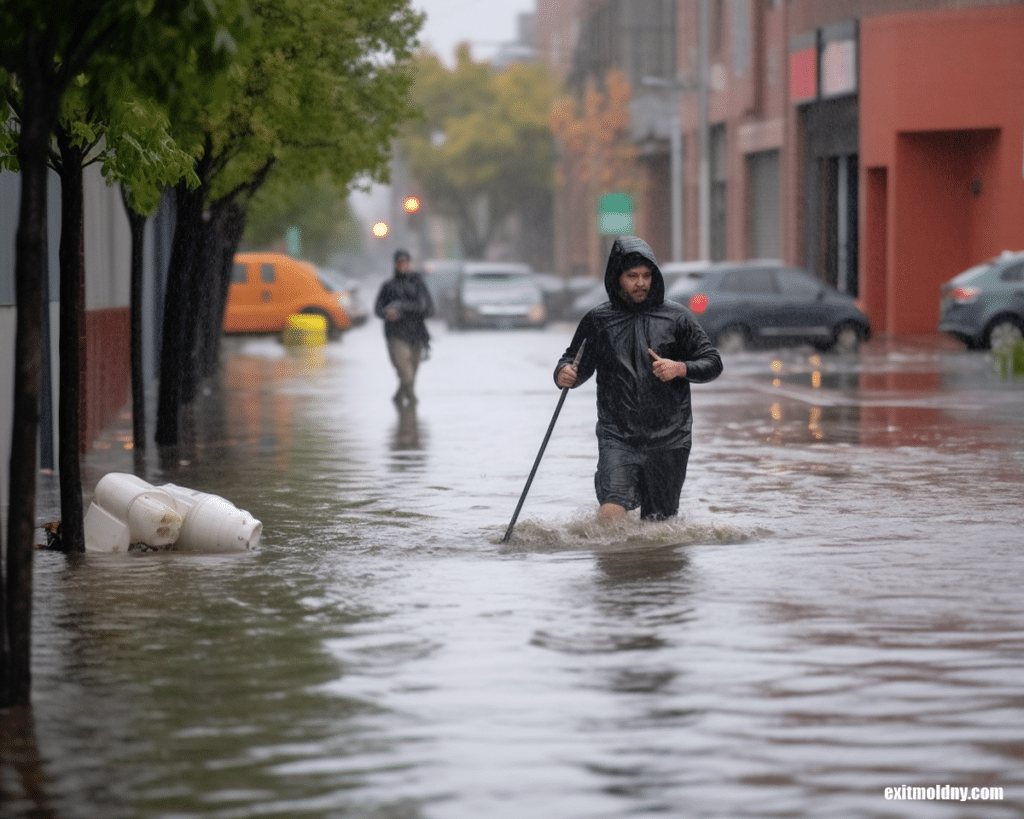
The cleanup after a flood, that comes due to the intensity of rain in a short period of time, a steady rainfall that brings the rivers to overflow their banks, or flooding when sewage systems bubble up and overflow the street grates, needs to consider the muddy messes that line streets, highways, and homes. Flood cleanup from nature’s storms will bring with it damage to electrical appliances, growth of mold and mildew, and personal loss of clothing and household furniture. If the water has soaked through to the floor joints, walls, and ceiling beams the structural integrity of the home or business may be compromised.
The following is the step-by-step guide to post-flood cleanups after nature’s storm:
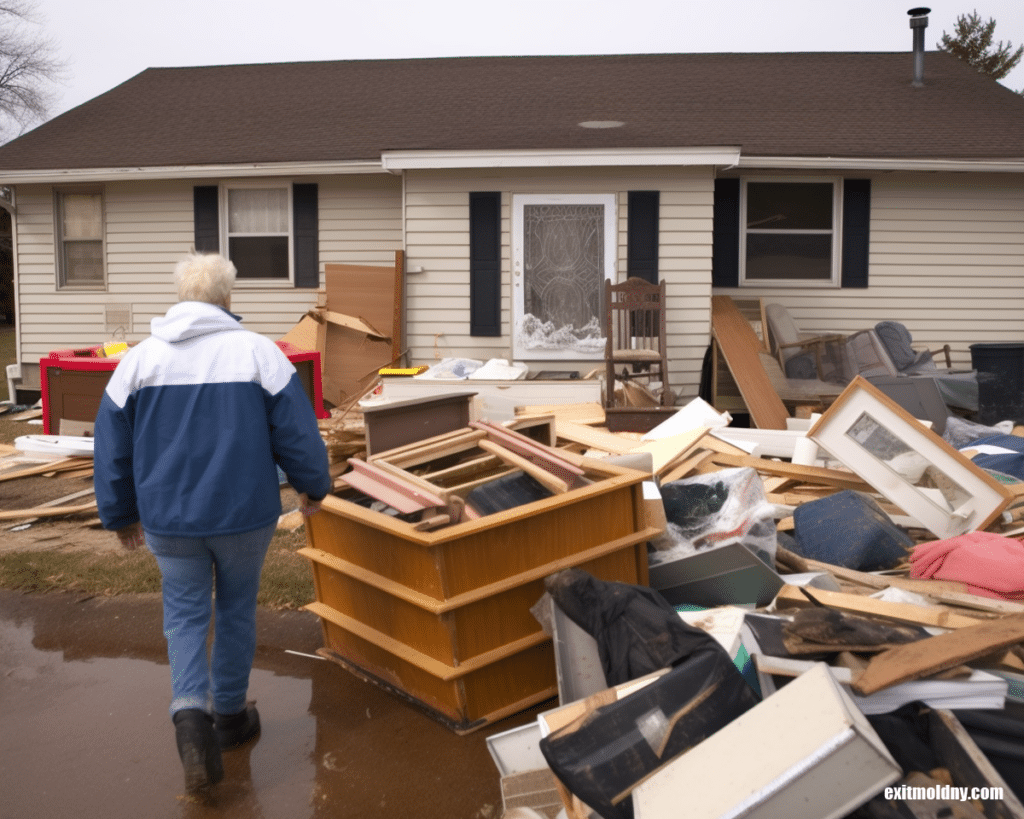
Whether flood and water damage restoration, mold remediation, lead services, XRF lead testing, or fire and smoke damage restoration, Exit Mold is New York’s one-stop restoration hub.

A Comprehensive Guide To Navigating Cleanup After A Flood Flash flooding is a normal phenomenon in densely populated cities such as New York, with many
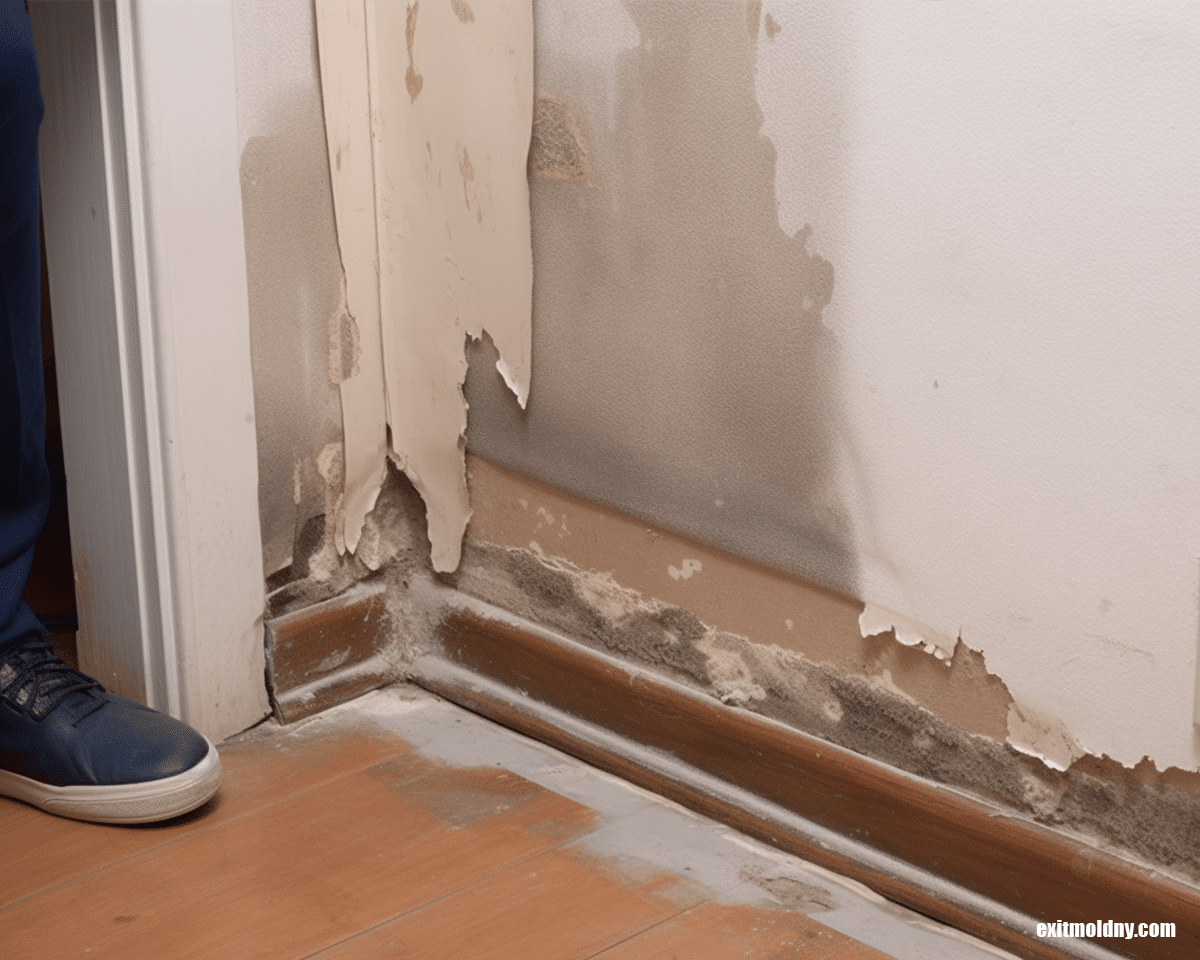
Restoring Your Home: Repairs and Renovations In our blog, A Comprehensive Guide To Cleaning Up After A Flood, we wrote about physically cleaning a home
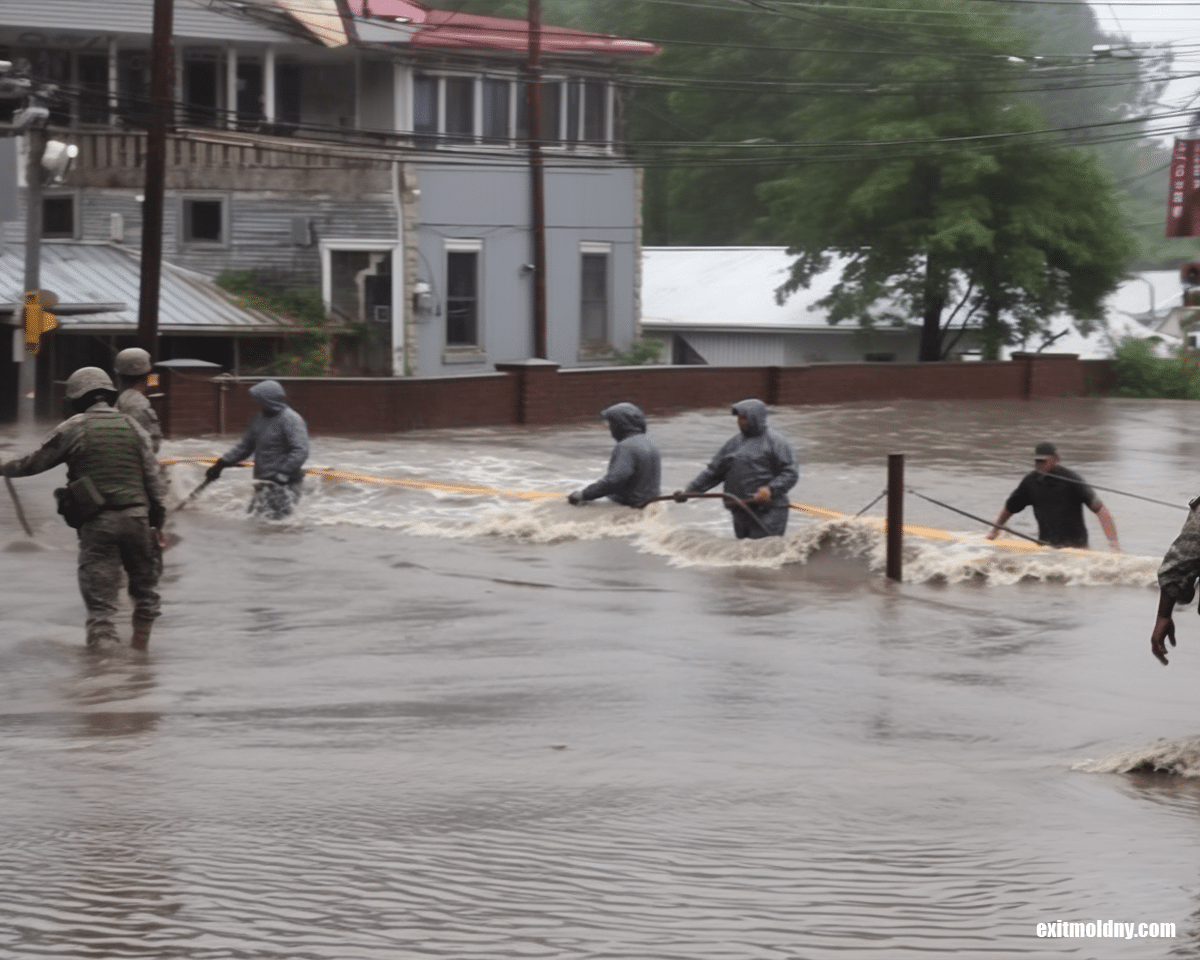
Emergency Response: What To Do During A Flood While we at Exit Mold, a New York home restoration firm serving NYC and the five boroughs



New York 5 Boroughs Area
10 Brower Ave.
Woodmere, NY 11598
(516) 512-7877
Miami Dade County Area
2509 N Miami Ave
Miami Fl 33127
(786) 465-2300
